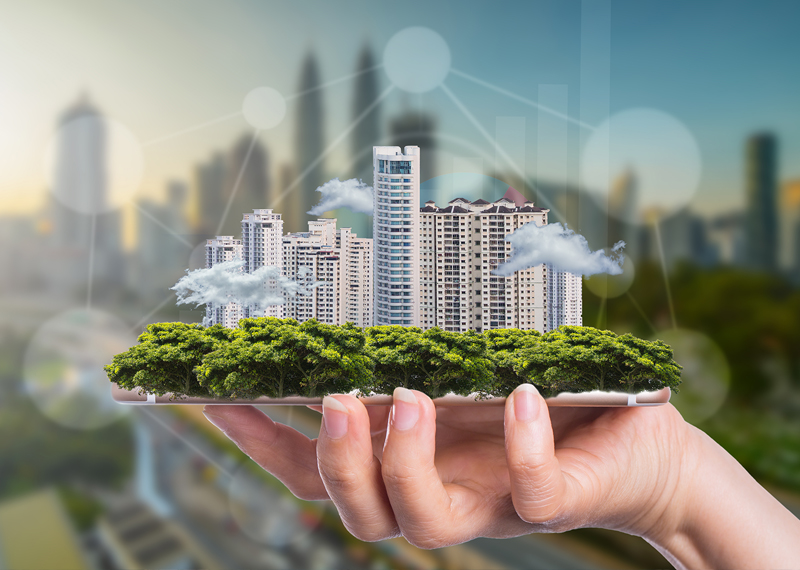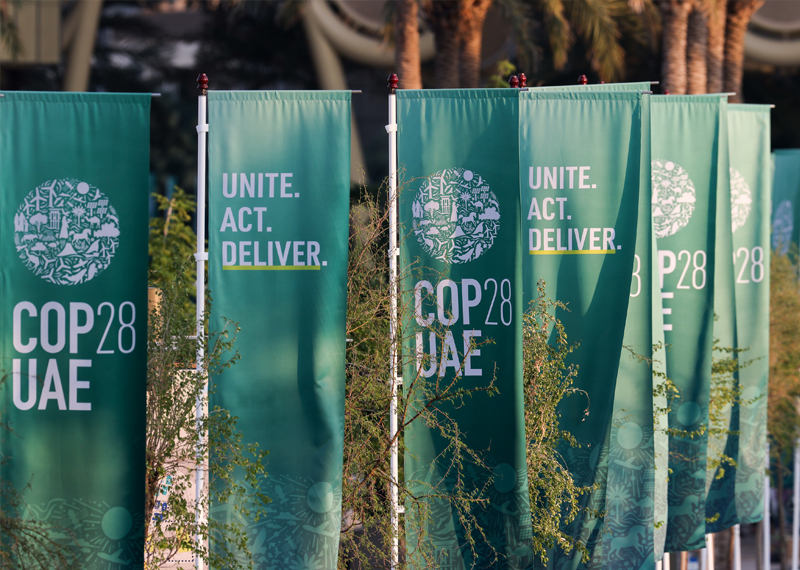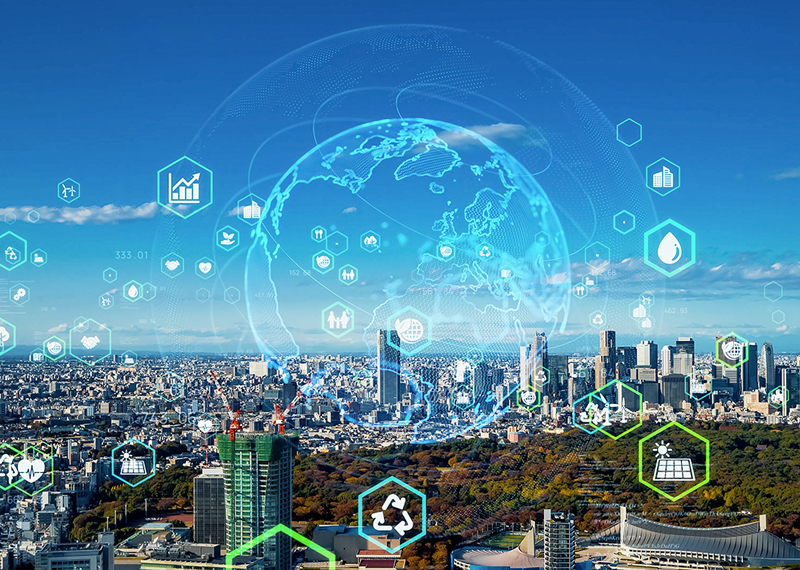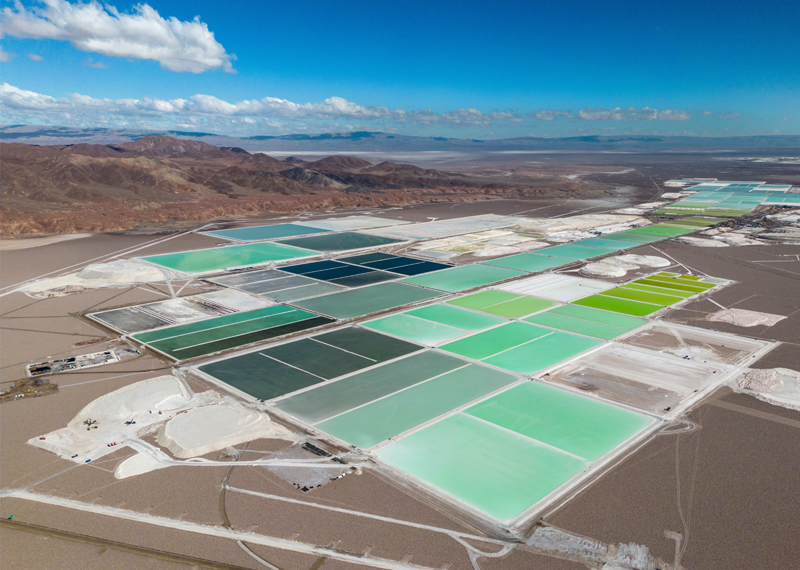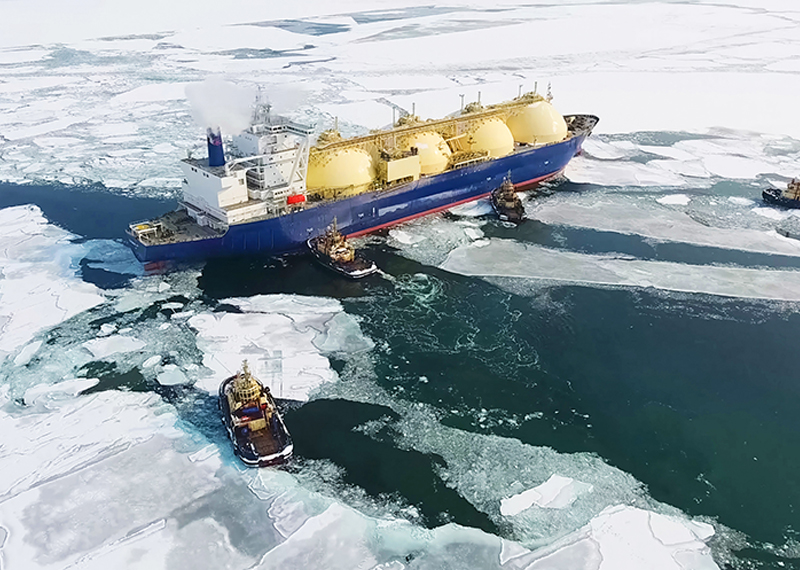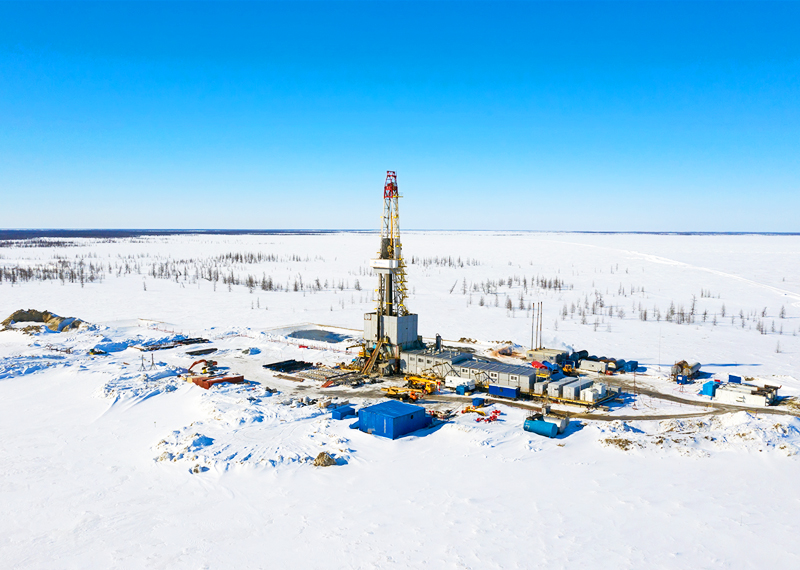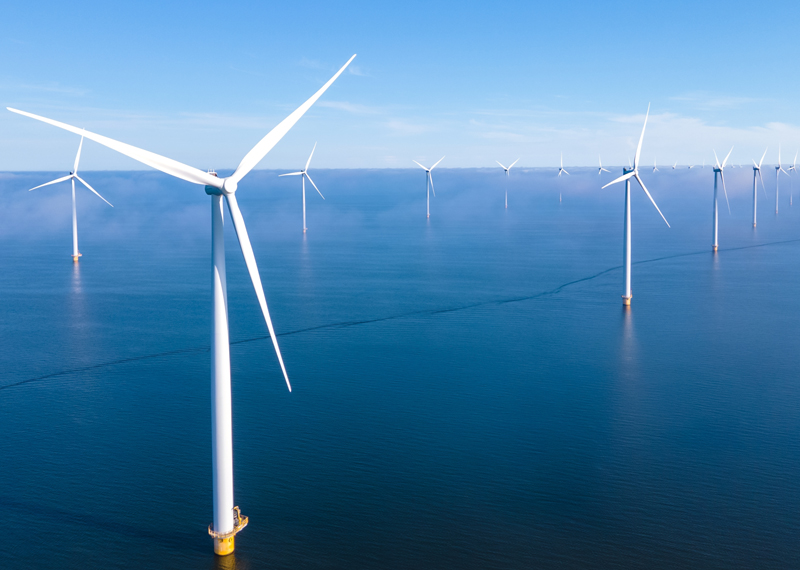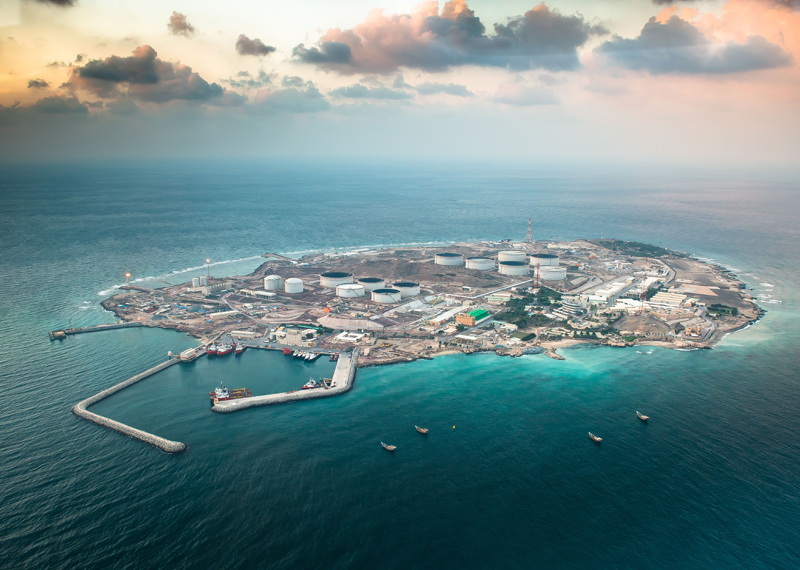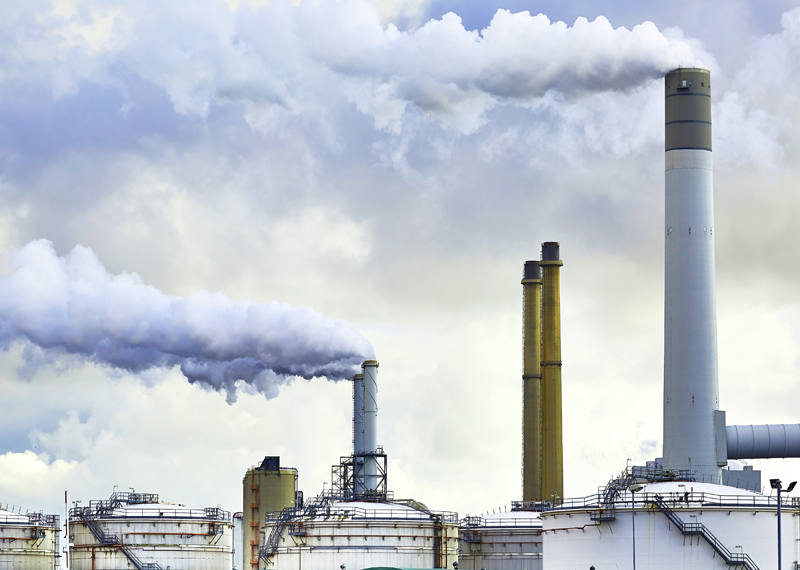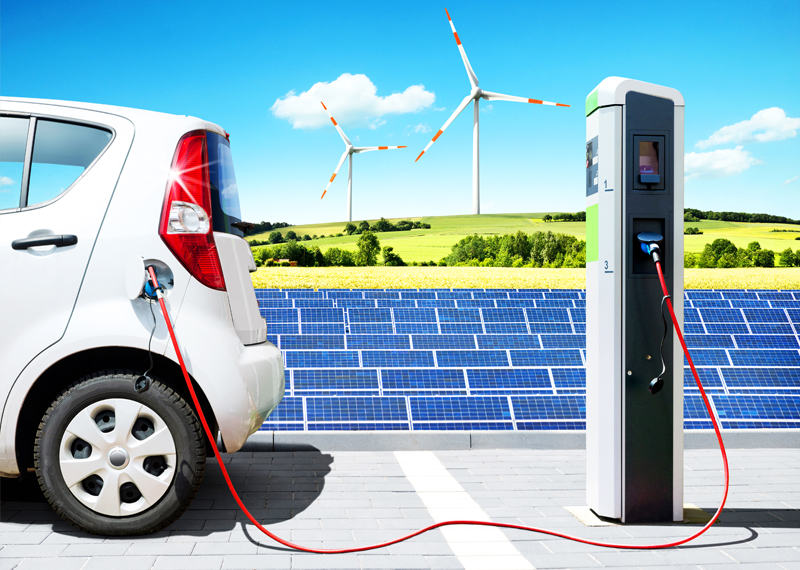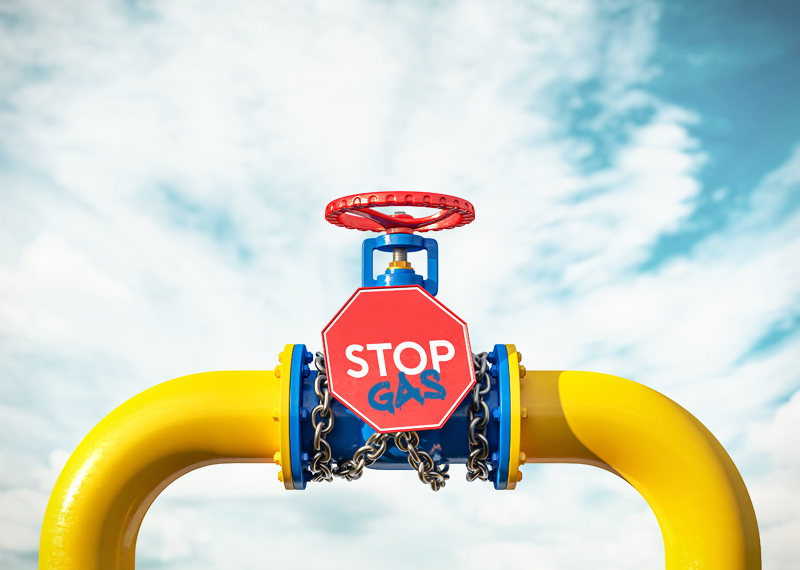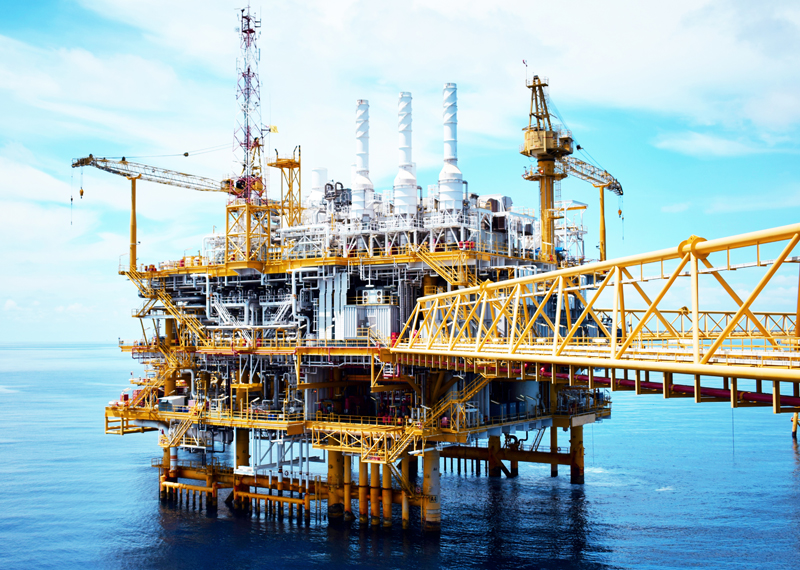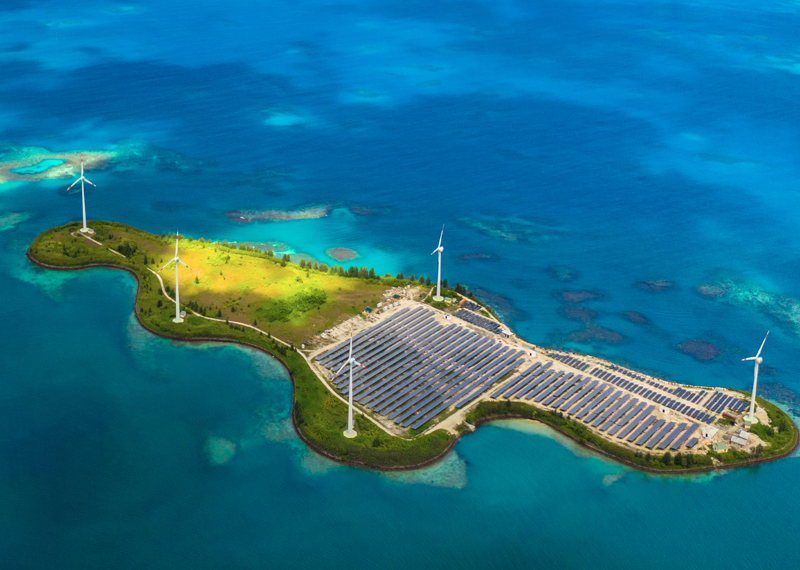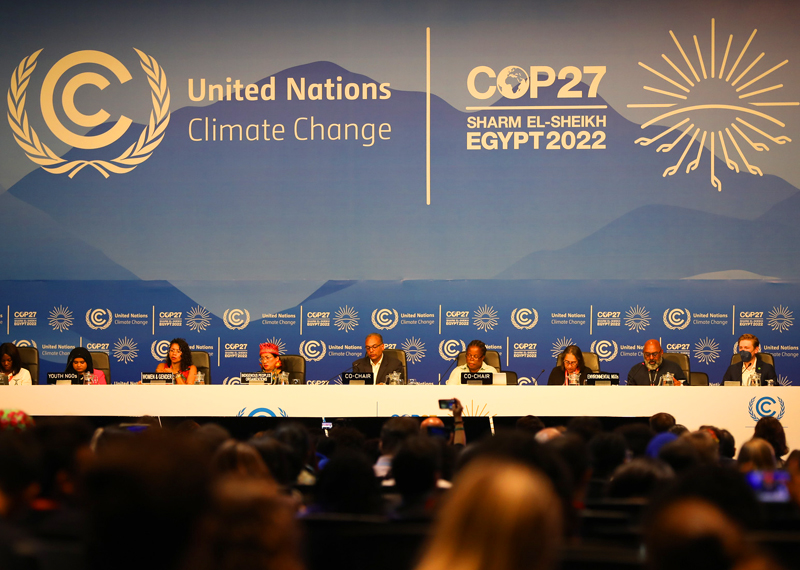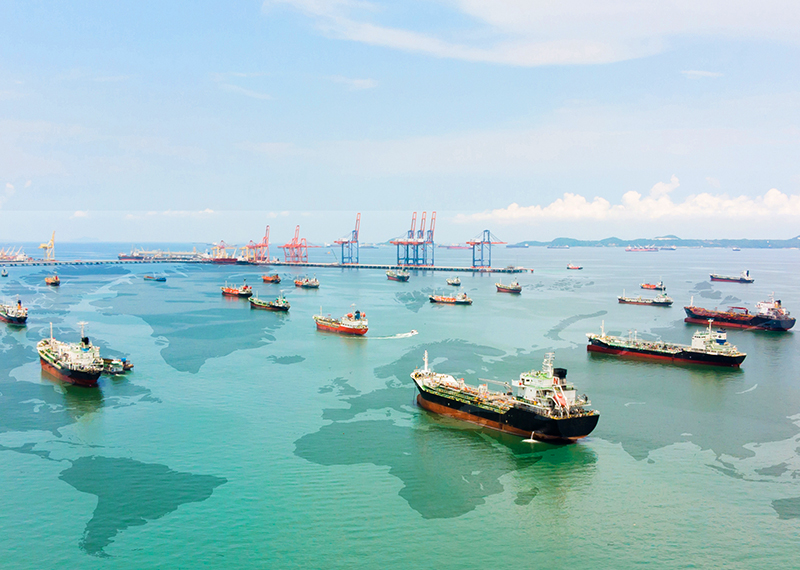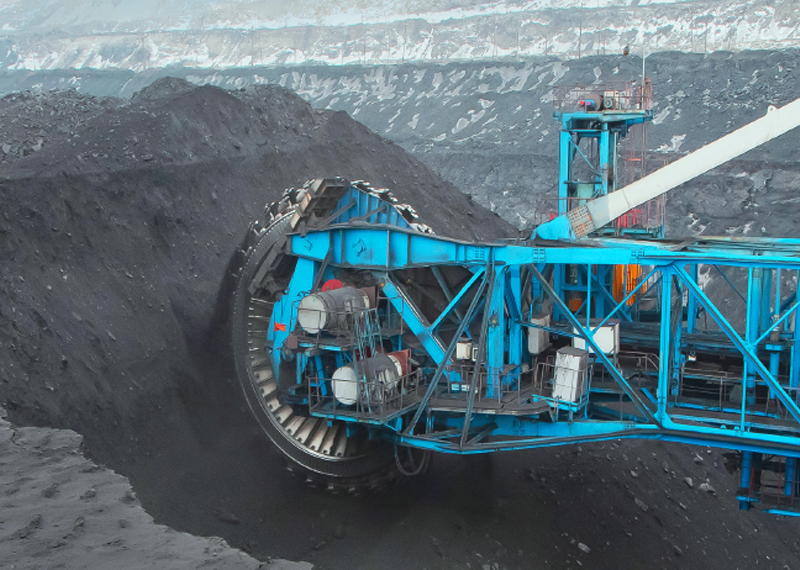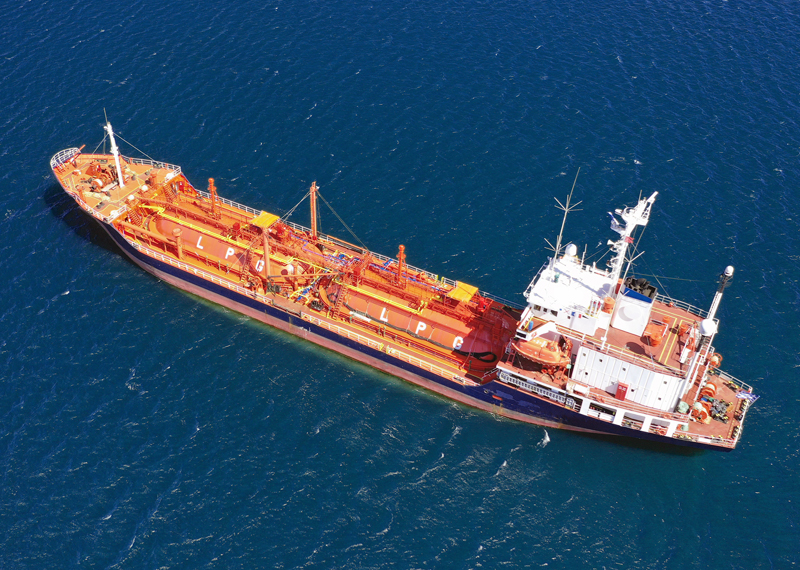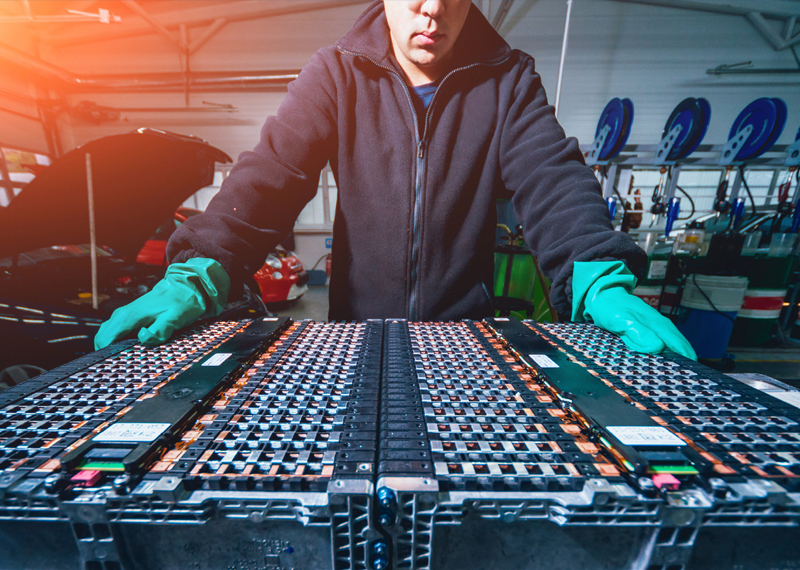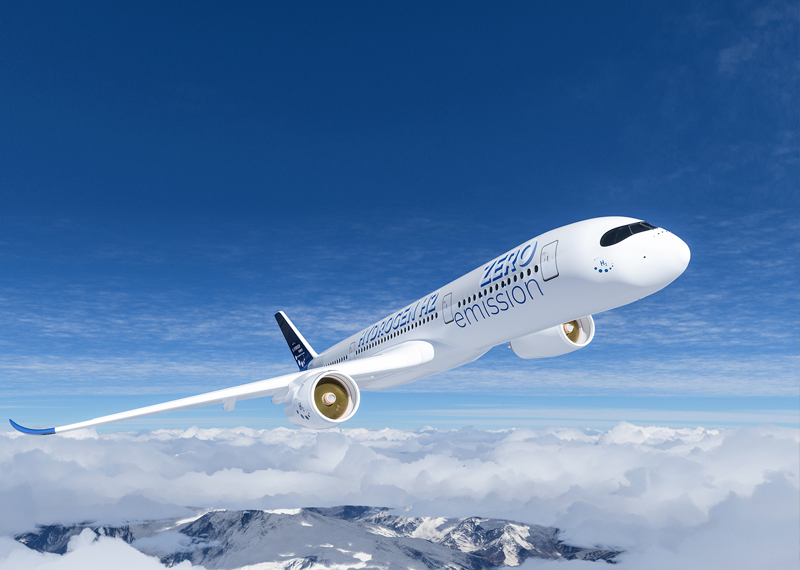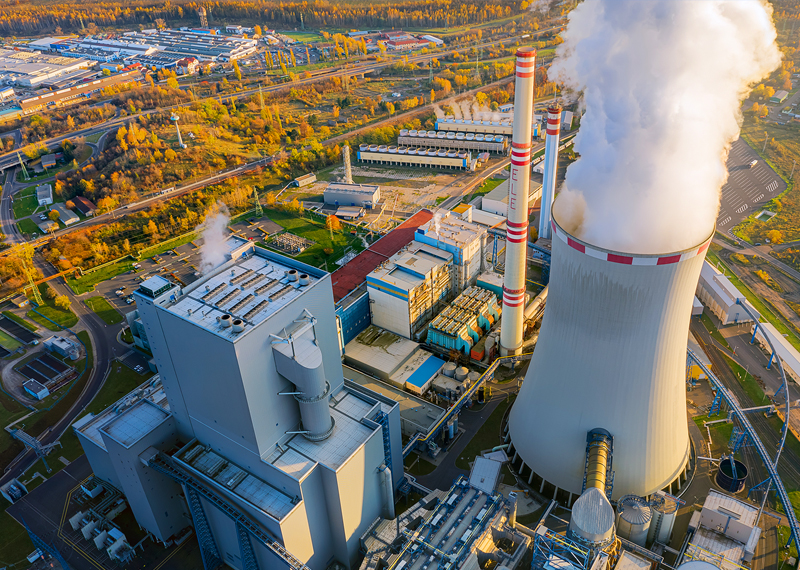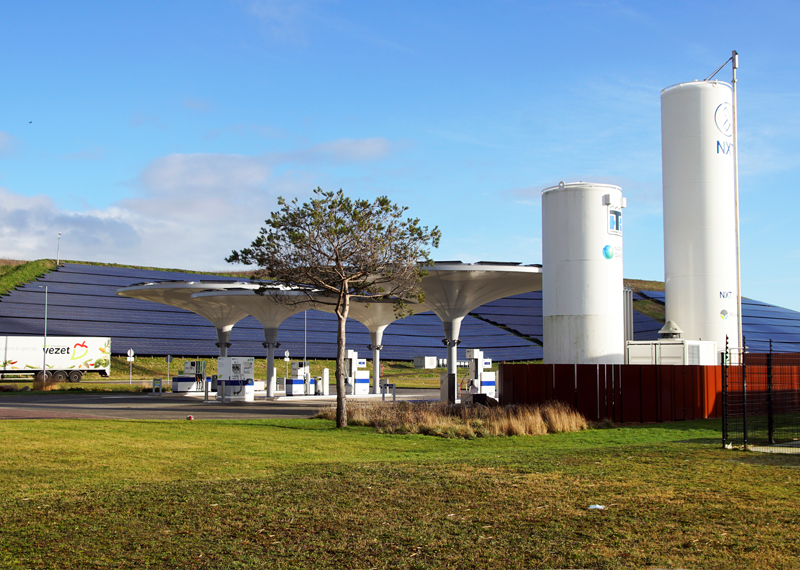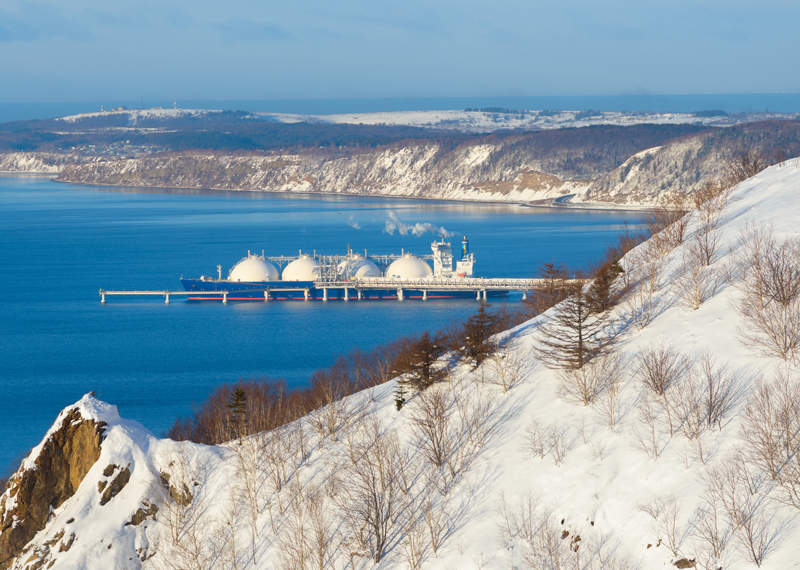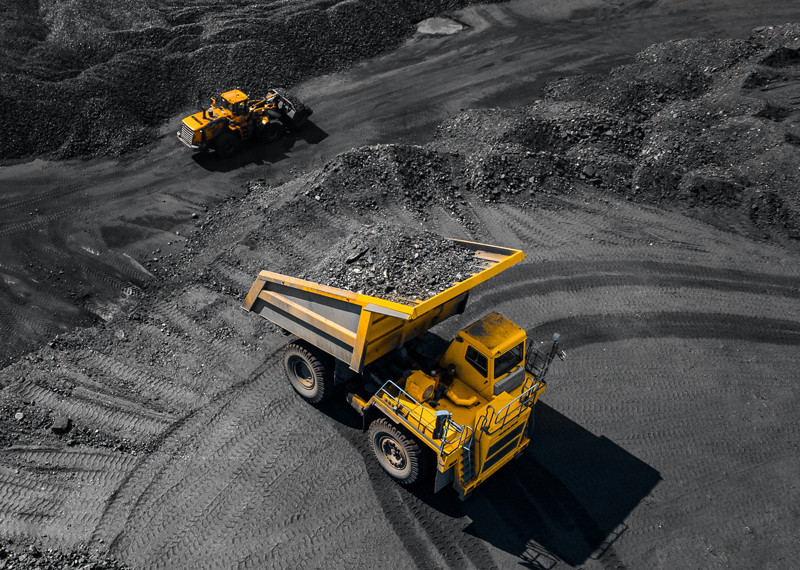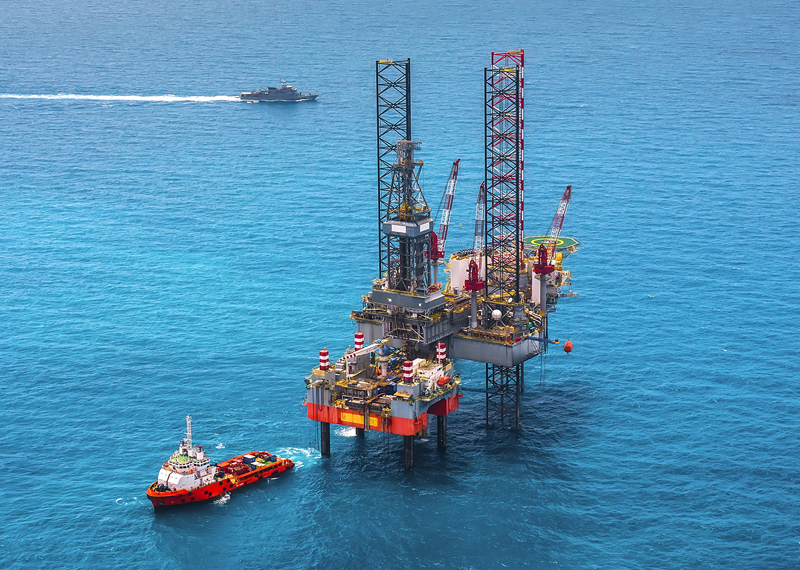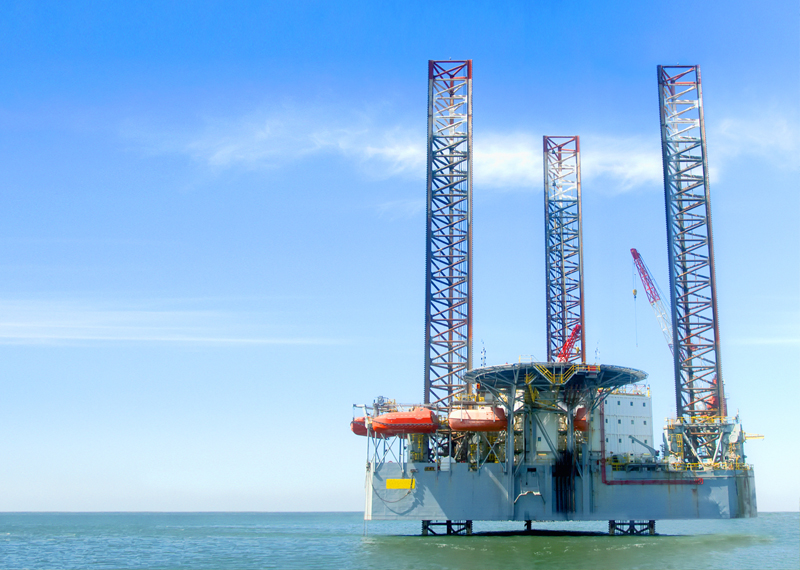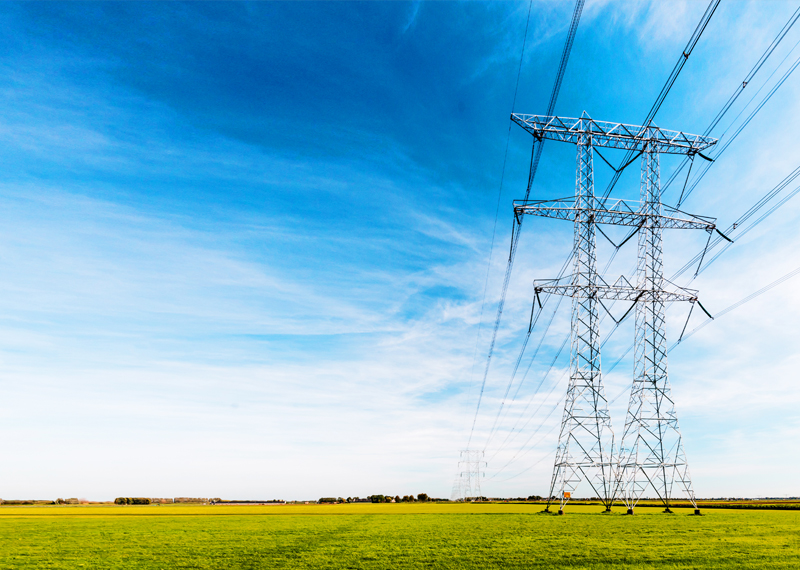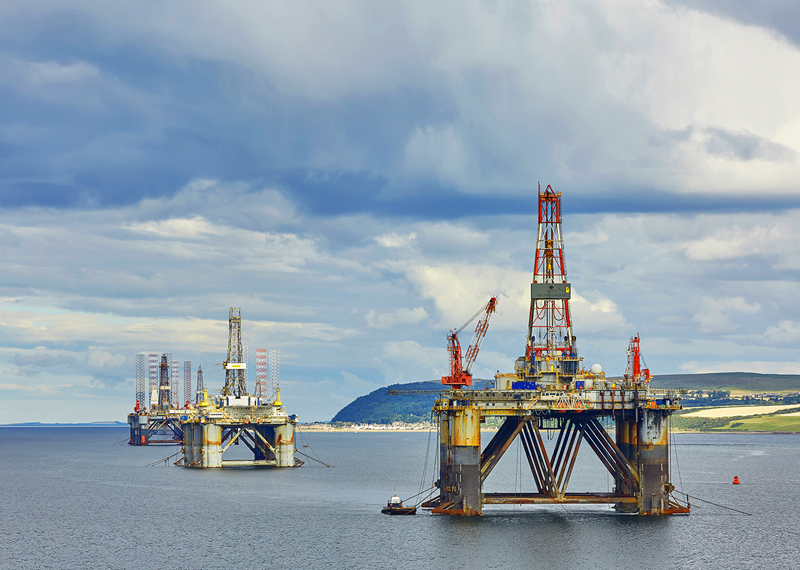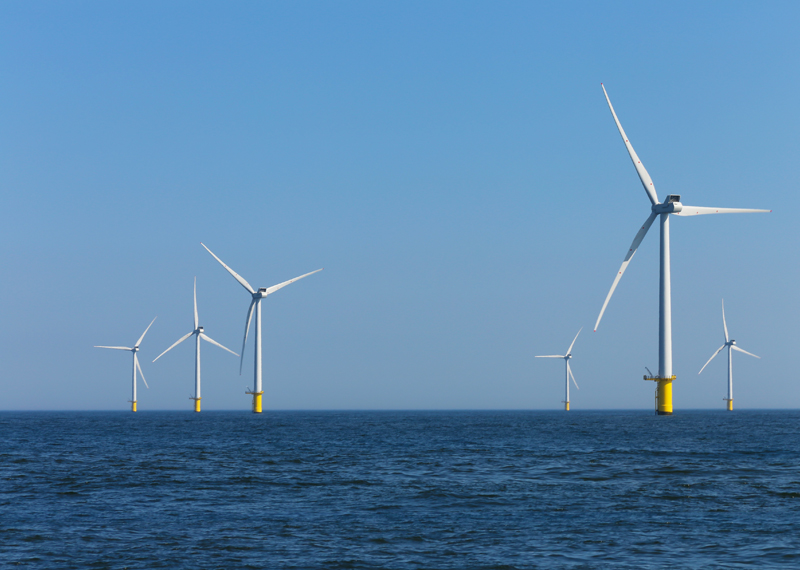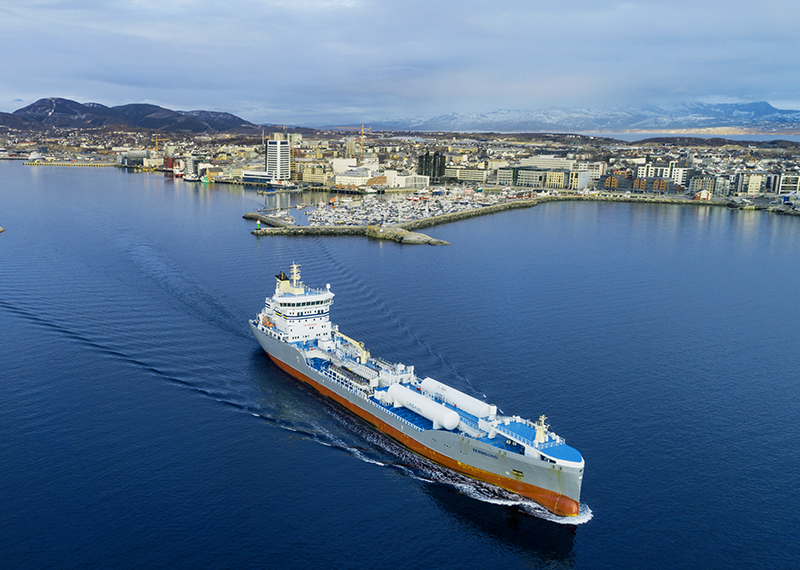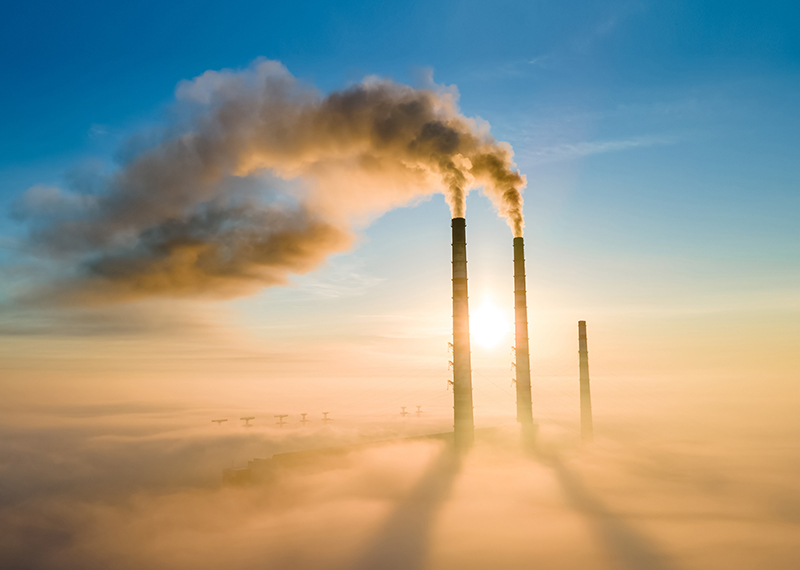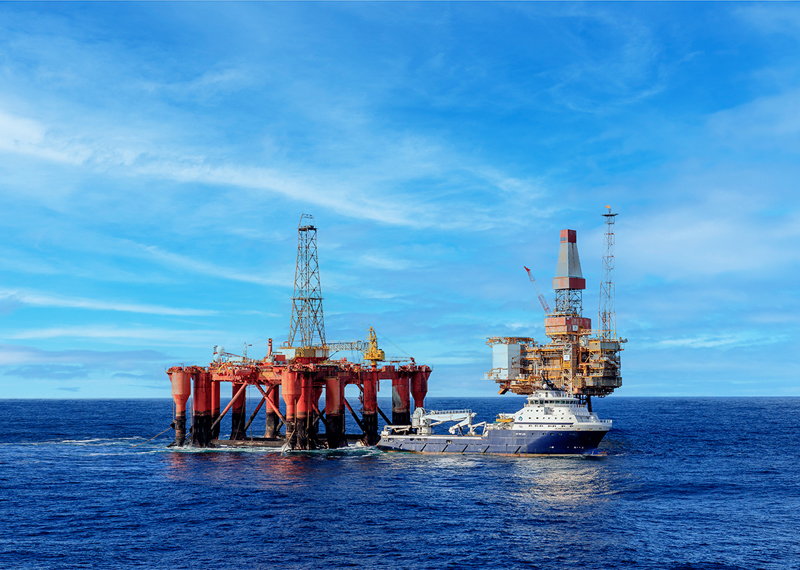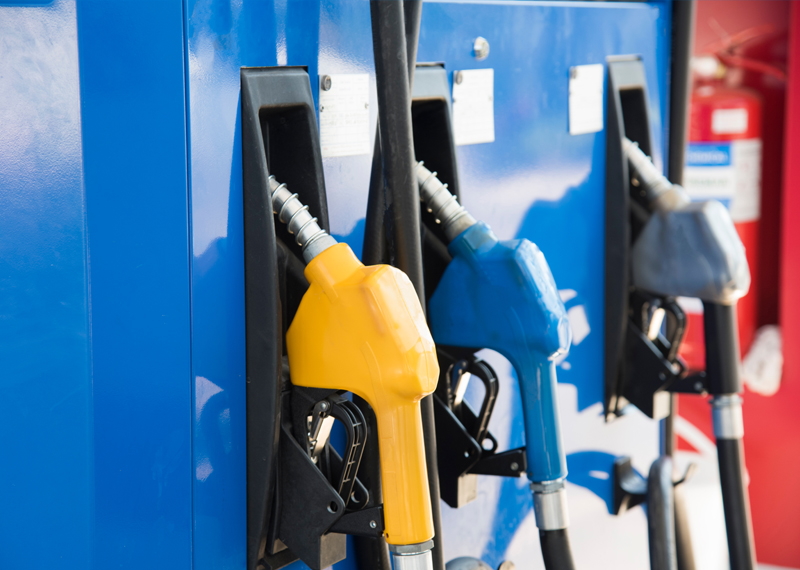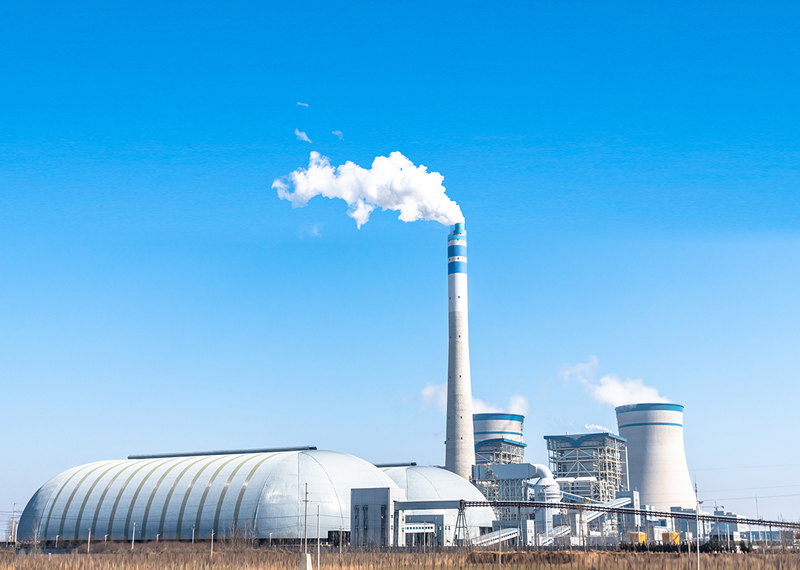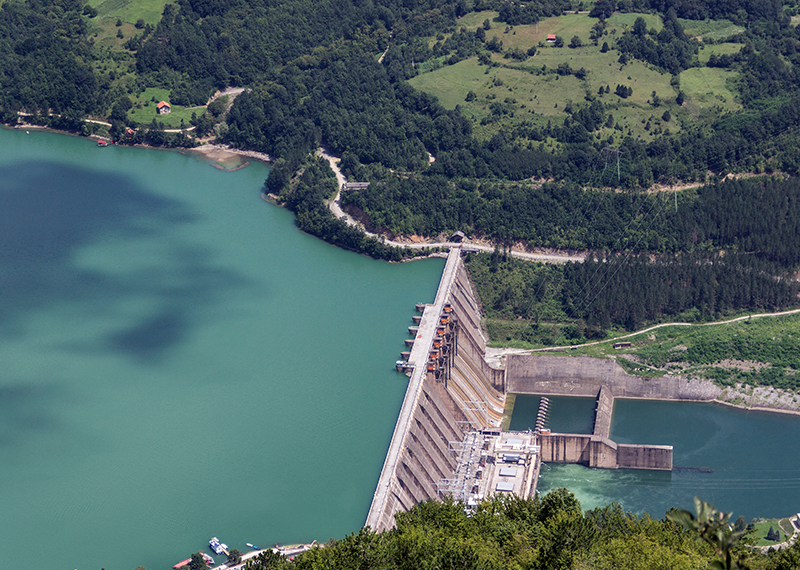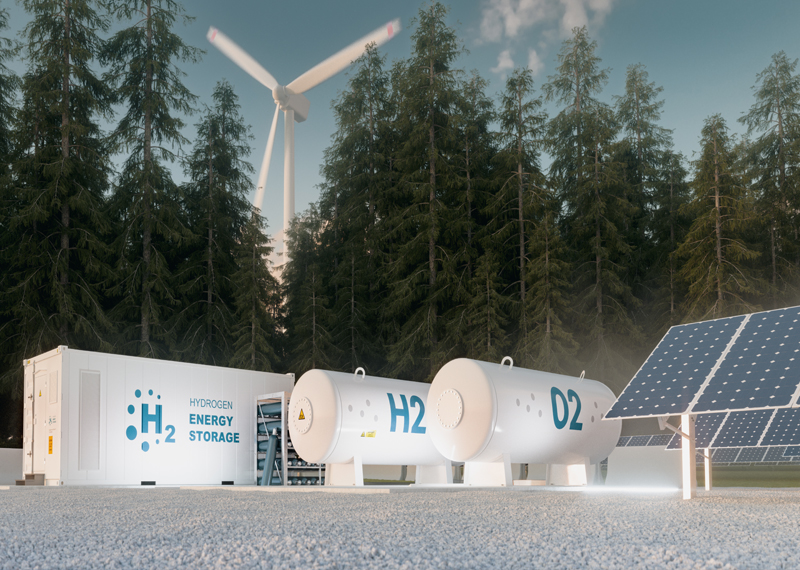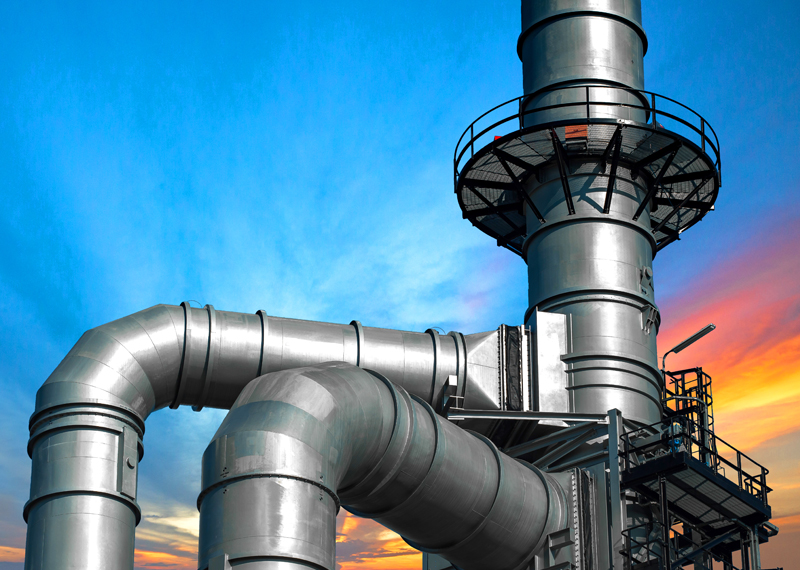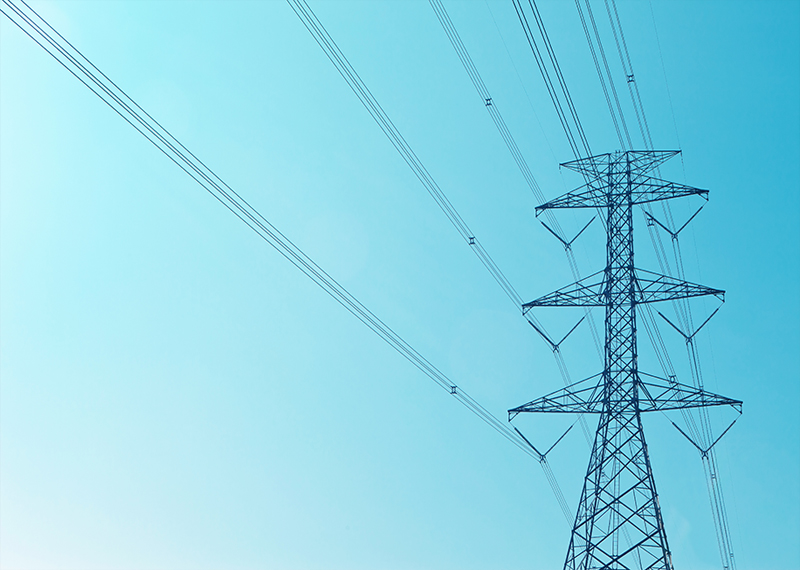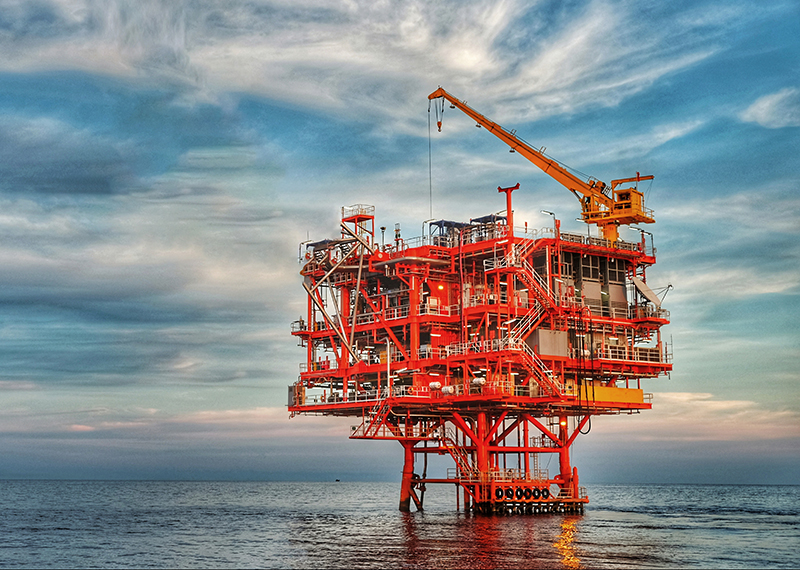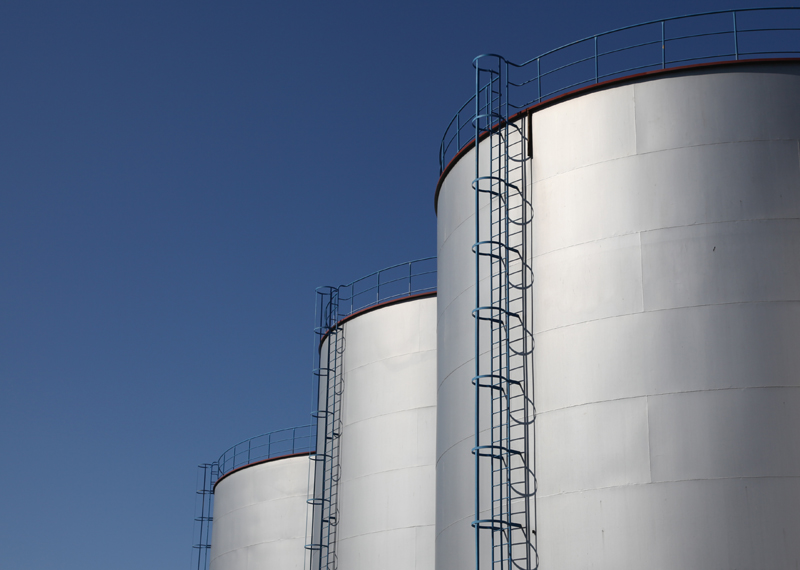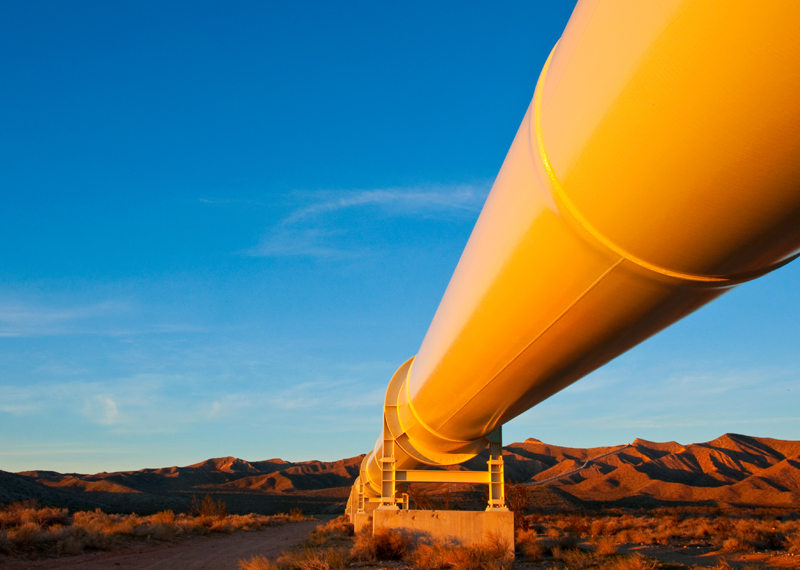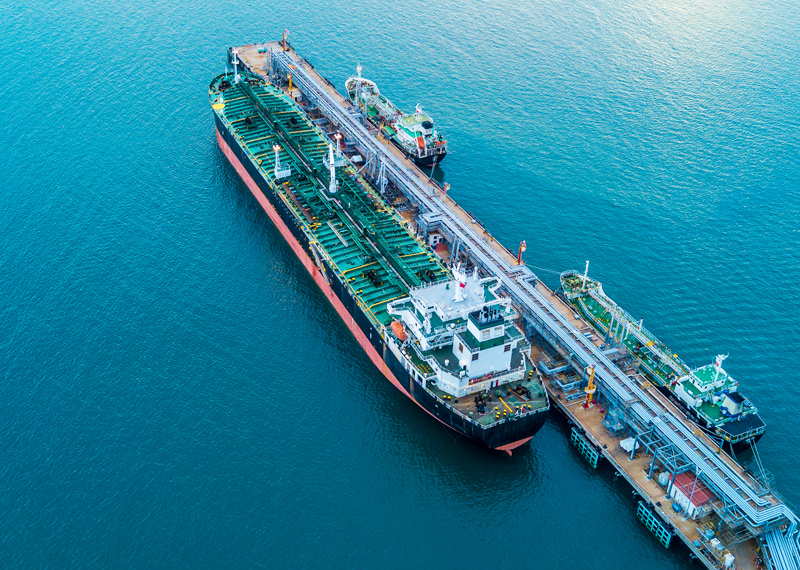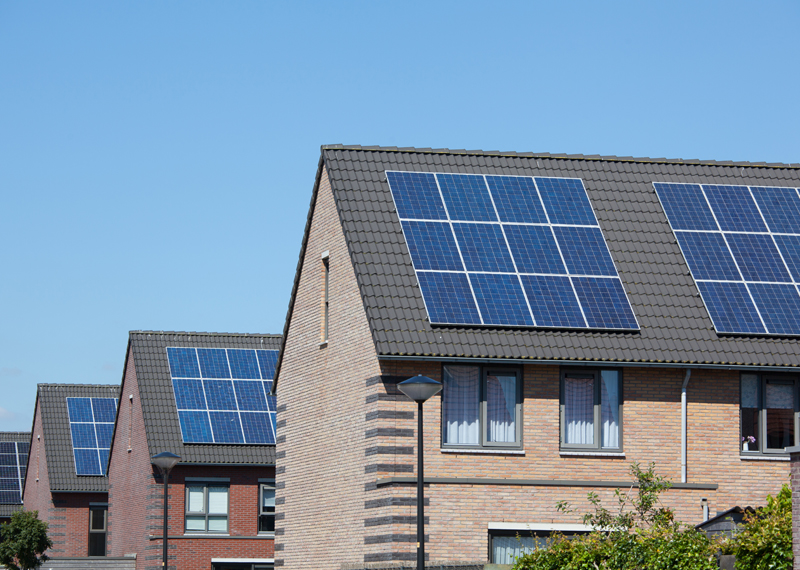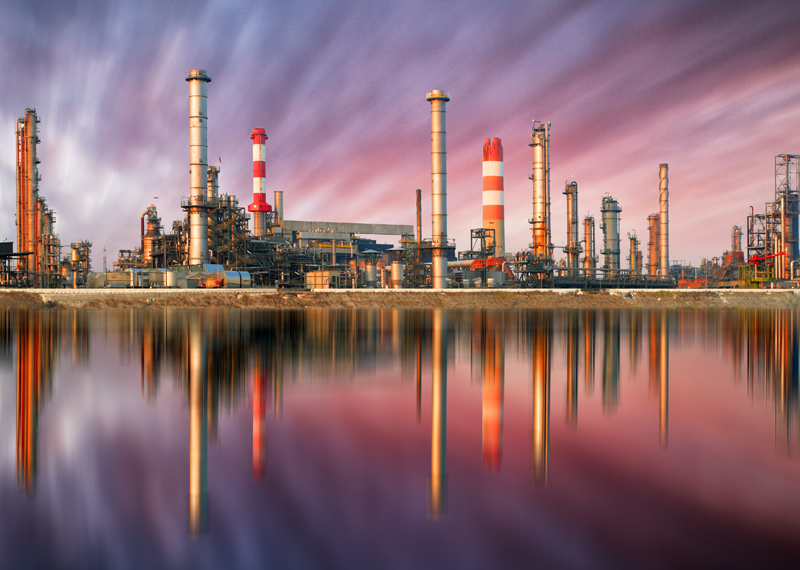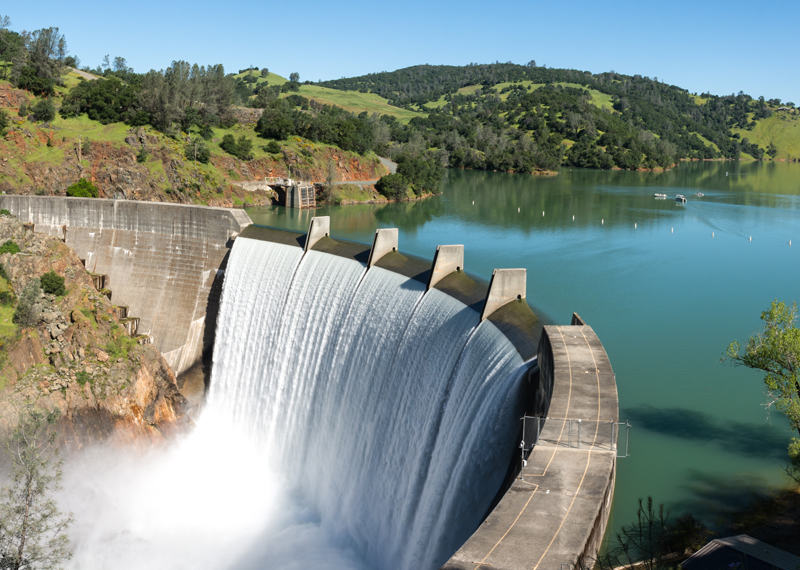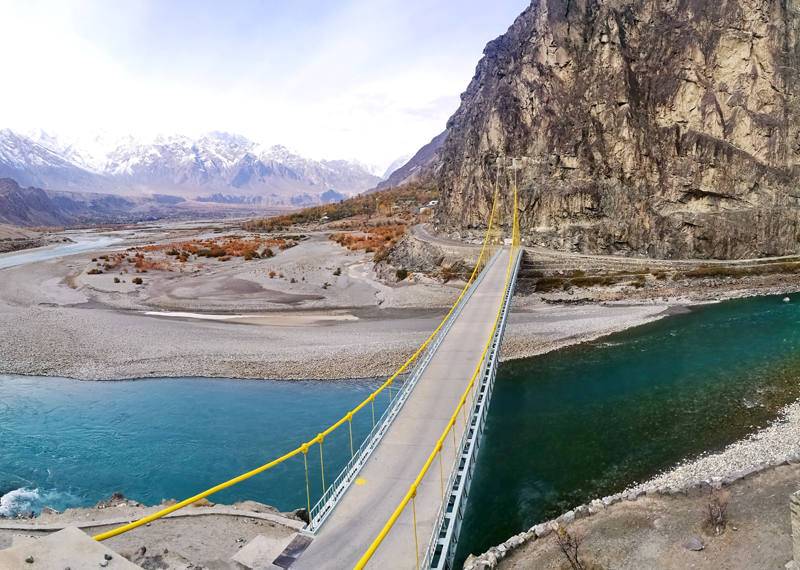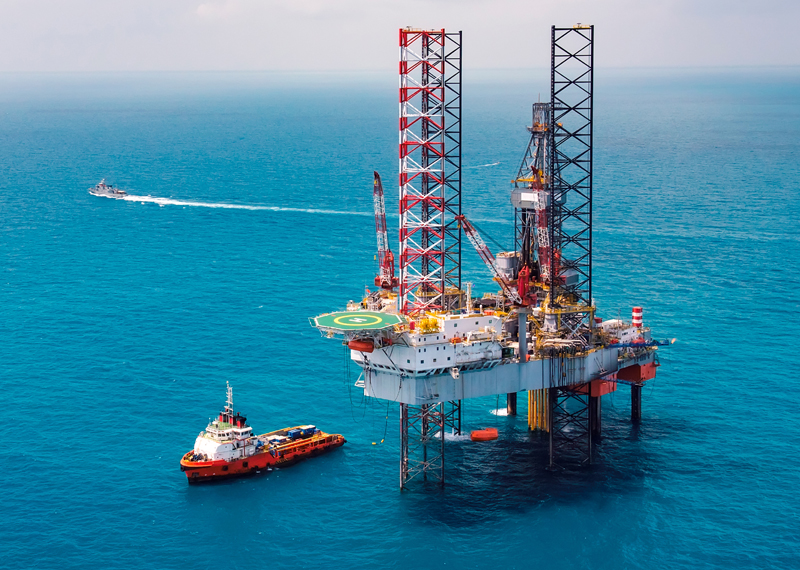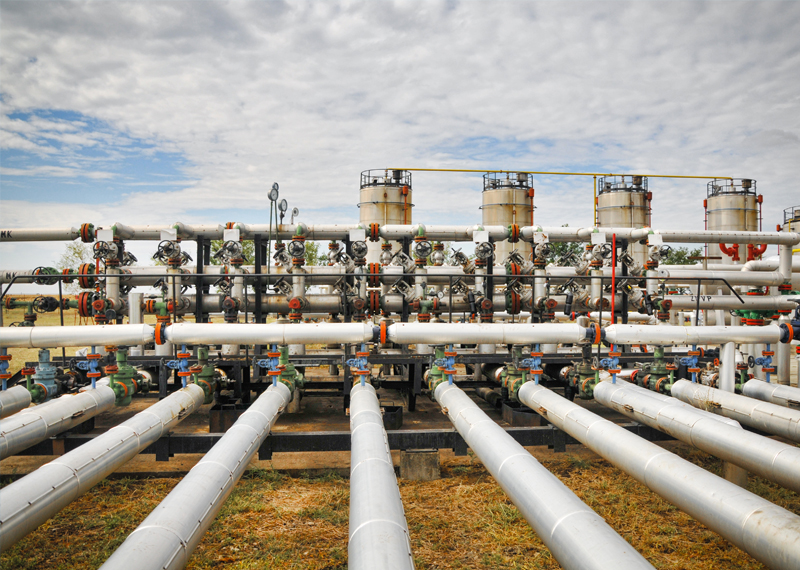Energy Research Papers
January - 2025
Small and Modular is Beautiful: Shaping the Future of Clean Nuclear Energy
Building on the success of COP28 in Dubai and the first Nuclear Energy Summit in Brussels, global momentum for nuclear energy is accelerating. The latest International Atomic Energy Agency (IAEA) projections highlight growing recognition of nuclear power as a clean and secure energy source. There is rising interest in Small Modular Reactors (SMRs) for both power and non-power generation applications, aiming to meet climate goals and promote sustainable development.
How are ongoing advances in small modular reactors (SMRs) impacting their current and planned applications? What are the economic considerations associated with SMRs’ deployment? What investment and development activities are taking place in the United States, Europe, and Asia? What is the role of SMRs in the energy mix of emerging energy consumers?
December - 2024
COP29: The “Finance COP” and the Road to Brazil
The 2024 United Nations Climate Change Conference (COP29) conference in Azerbaijan was the third in succession held in the wider Middle East region, and the third in a row to occur in a significant oil and gas producer. Billed as the “Finance COP”, it concluded with significant discussions, commitments, and implementation of important policies, but also with political controversies. What were the key achievements, and which areas were not progressed? What are the implications for the next COP, in Brazil? And how does COP29 modify the outlook for long-term fossil fuel demand?
November - 2024
Oil's Future: Investment Trends, Demand Forecasts, and Navigating the Energy Transition
The oil industry is in an investment upcycle, even though the demand rebound after the COVID-19 pandemic has largely abated. Whilst the low-carbon energy system roll-out continues, oil will continue to meet global energy demand and define energy security for years to come. Delivering the necessary supply at a reasonable cost will underpin upstream capital expenditure and energy security, but the corresponding oil consumption will leave the world well short of the goal of the Paris Agreement to limit global warming to below 1.5°C.
What is the outlook for global oil demand? Where will investments in upstream oil production be directed in the coming years? What are the trends in upstream CAPEX and what is driving these changes? What are the risks and vulnerabilities related to upstream CAPEX?
October - 2024
Decision Point: The US Elections and Energy
Almost half the world’s population is expected to vote this year, marking an unprecedented turnout. Soon, it will be the United States' turn – on 5th November 2024, it will elect a new president and numerous legislators, including all 435 members of the House of Representatives and 34 of the 100 Senate seats, along with various state and local offices. The Republican and Democratic Parties offer a starkly different vision for addressing climate issues in the world's second largest greenhouse gas emitter. The climate crisis transcends borders, with the United States’ emissions and technology choices impacting communities domestically and globally. What will the implications of the 2024 elections be on the clean energy industry? What changes could occur in climate policymaking under a Republican or Democratic-held Congress?
September - 2024
Geopolitics and Climate Shifts: Canal Disruptions and the Emergence of New Energy Trade Routes
Geopolitics and climate have emerged as the two wildcards impacting the world’s busiest trade chokepoints, i.e. the Suez and Panama Canals. Daily shipments through the Suez Canal in the Red Sea have dropped by 50% since January 2024, while Panama Canal transit restrictions have led to a 32% decline since October 2023. While geopolitical volatility is often short-lived, it can increase risk premium over the longer-term, while climate impacts could cause disruption of entire supply chains. What has been the impact of such disruptions to global energy trade since 2023? Will such events contribute to rise in energy prices, and what will they mean for the future supply of energy commodities?
August - 2024
Ebb and Flow: The Future of Hydropower
For over a century, hydropower has driven global development by generating affordable and reliable electricity. It accounts for 14% of global power generation and is the largest contributor to renewable energy (in 2023, wind generated 7.8% of global electricity and solar 5.5%). Hydropower generation supports the integration of non-dispatchable renewables like solar and wind by offering balancing and flexibility services. What are the key challenges faced by hydropower as a mature dispatchable renewable technology? What are the benefits of upgrading existing hydropower infrastructure compared to developing new facilities? How can ongoing technological innovation and material research improve hydropower generation? How will future capacity factors depend on a power system’s hydropower and grid flexibility strategy.
July - 2024
The EU Carbon Border Adjustment Mechanism: Implications for MENA
The European Union’s (EU) Carbon Border Adjustment Mechanism (CBAM) imposes a reporting obligation, and a carbon tax on EU imports of certain goods in order to reduce carbon emissions. The CBAM is meant to secure fair competition for European energy-intensive industries, incentivise countries both inside and outside the EU to cut emissions, and hinder carbon leakage from the EU. With the transitional phase of the CBAM kicking-off in October 2023, importers are now required to report emissions embedded in the goods they import, for a selection of energy/carbon-intensive products, though the tax on those emissions will not be imposed until 2026. What do these developments mean for global and MENA energy producers and other carbon-intensive industries like steel and cement? How can they secure or expand their future export market in the EU?
June - 2024
Recharge: New Battery Chemistries and Long-Term Energy Storage
Battery technologies are receiving intense attention and innovation, with new chemistries emerging that offer benefits over the conventional lithium-ion designs. These benefits span various aspects, including cost-effectiveness, reduced charging time, increased energy capacity, enhanced safety, and minimised use of scarce battery raw materials. The promising new chemistries include metal-ion batteries, metal-sulphur batteries, metal-air batteries and redox flow batteries.
May - 2024
New King Coal? New-Generation Coal-Fired Power Stations
The prevailing belief is that the use of coal must cease to achieve net-zero emissions. However, new coal power plants, equipped with advanced ultra-supercritical, fuel cells, small supercritical, co-combustion, combined heat and power, and carbon capture, use and storage (CCUS) technologies offer enhanced thermal efficiency, reduced emissions, and increased flexibility in power generation.
What is the impact of these advanced technologies on the economics of coal generation? How are advanced designs being implemented? If coal power plants employ CCUS technologies on a large scale, what would be the implications for the power sector? Can they coexist with renewables in the power mix?
April - 2024
Tripling Renewable Capacity to 2030: Will it all be Solar?
The 2023 United Nations Climate Change Conference (COP28) united parties around a pledge to triple current global renewable capacity from about 3.8 GW currently to reach 11 TW by 2030, placing renewables at the centre of achieving global climate commitments. If fully realised, 11 TW of capacity could see renewable energy contributing to 62% of all emissions reductions by 2030. Still, this is not fully sufficient to realise net zero goals and will have to be complemented by other important pledges signed / reiterated at COP28. What is the outlook for renewable, especially solar, capacity over this period? Can its growth be sustained, and which are the main established and emerging markets? What are the implications of large-scale, very low-cost solar power for the global energy system and geopolitics?
March - 2024
Russia – China Energy Nexus
China has leveraged Russia’s shift in energy trade focus from Europe to Asia, in the wake of Western sanctions imposed over the invasion of Ukraine. Chinese companies have seized the opportunity presented by discounted prices, increasing purchases of Russian energy. They are promoting the use of Chinese currency for trade settlement and contributing equipment to Russia’s Arctic LNG II project. However, Chinese entities have remained cautious and compliance-driven, ensuring they steer clear of violating sanctions.
What is driving the Russia—China energy relationship? How have energy trade flows and bilateral upstream and midstream oil & gas developments evolved since the invasion of Ukraine?
February - 2024
A Dry Spell: Water in 2024
Over 1.4 billion people, including 450 million children, inhabit regions grappling with high or extremely high-water vulnerability. This number is projected to increase in 2024, underscoring the urgency of optimising water use and identifying new and dependable water sources. Rapid industrialisation and urbanisation in some of the globe’s fastest-growing economies have further strained already-stressed water resources. The electricity sector and smelting facilities and industries involved in chemical production and food processing contribute to this additional stress.
How is water scarcity challenging global security? What are some of the innovative solutions targeting sustainable and reliable water supply? What are the implications and opportunities for the GCC?
January - 2024
The Clean vs Dark Spread: Asian Power Mix and Energy Transition
Recent fuel price volatility and the increasing prominence of renewables have altered the traditional dynamics between coal, hydropower, and gas generation in Asia. These developments have raised questions about the competitiveness and future of coal generation relative to hydropower and gas generation in key Asian markets. How does this impact the demand for each fuel and its seasonal consumption patterns? Will coal retain its traditional dominance, will gas displace it, or will renewables outpace both the fossil fuels?
December - 2023
Fair COP or COP Out? Key Outcomes from COP28 and the Long-Term Effect on Fossil Fuel Demand
The 28th UN climate conference, COP28, held in Dubai in November-December 2023, was the largest and one of the most complicated of the series. Global political and economic problems, and environmentalist criticism of the host country and president, made the run-up to the conference complicated and contentious. But overall, it achieved significant success. What were the key achievements at COP28, and which intentions were not met? What surprises emerged? And what are the key implications?
November - 2023
A Fine Balance: The Energy Outlook for 2024
Energy has witnessed four very volatile years since the start of the decade. Global markets are still striving to find a sustainable balance between supply and demand, while a decelerating macroeconomic framework and geopolitical events add headwinds to slowing demand growth. Meanwhile, policy developments in 2022 and 2023 related to the transition and associated critical minerals have yielded considerable near- and medium-term opportunities, but significant challenges are expected for market participants as interest rates remain elevated.
What is the outlook for energy in 2024? Will transition-focussed energy finally outpace traditional energy? Will new energies develop sufficiently to meet critical climate goals?
October - 2023
Critical Condition: Mitigating Mineral Supply-Chain Risks
New energy systems use a wide variety of critical minerals, including lithium, rare earths, cobalt and others. However, concerns are growing over the economic, political, and environmental risks to reliable supplies of such minerals.
What are these risks? Which are real and which exaggerated? What are strategies to mitigate supply-chain risks in extraction and processing, for companies who use them as inputs, and for governments?
September - 2023
Understanding Gas: Monetisation Options for Emerging and Future Global Gas Producers
Developing and bringing challenging gas resources to market has historically been a formidable endeavour. Commercial and technical advances have notably facilitated this process over the past two decades, and the loss of legacy supply creates the opportunity for new sales. Nevertheless, those in possession of substantial undeveloped gas resources face new and emerging challenges – political and environmental - in accessing markets.
From the East Mediterranean and Africa to Russia and Central Asia, how will gas monetisation targets and options evolve in a global gas market driven by climate change and the energy transition? How are resource-holding countries making the most of this opportunity? What is the longterm impact on global gas markets?
August - 2023
GCC SWFs as Enablers of the Energy Transition
The last decade has a seen sharp rise in GCC SWFs’ investments in developed countries, as a result of which their accumulated assets have dramatically increased. Although investments in large, advanced economies and prominent emerging markets are likely to continue in the next few years, GCC SWFs are now increasingly recycling part of their petrodollar inflows into developing economies in the Middle East, Africa, and Central Asia, and least developed countries (LDCs).
Is this shift borne out of strategic considerations, financial attractiveness, or the desire to be recognised as partners of the global transition? And can it enable the energy transition in these countries?
July - 2023
Future of Unconventionals in a Low-Carbon World
Over the past 20 years, unconventional resources have become a significant part of the global energy mix, accounting for onethird of the world’s total oil & gas supplies. However, to achieve net-zero goals by 2050-2070 and the Paris Agreement’s target of keeping global temperature increases below 1.5°C, a significant transition is required in the next 30 years. This transition will entail a global shift in energy supplies from all forms of fossil fuels to cleaner and low-carbon alternatives.
June - 2023
The Future of Offshore Renewables
Offshore renewable resources can be captured through various technologies such as offshore fixed or floating wind turbines, floating solar photovoltaic panels, wave and tidal conversion systems, and other ocean energy technologies such as ocean thermal energy conversion and salinity gradient. What is driving the outlook for these technologies? What is driving their costs? What are the synergies among these technologies and with
offshore oil & gas projects? What will offshore renewable energy hubs of the future look like?
May - 2023
MENA Natural Gas Markets During a European Energy Crisis Energy
The Middle East and North Africa (MENA) region has always been a strategic cornerstone of the European energy mix, but now it has gained newfound value for the continent as it adapts rapidly to a “Russia-less” energy world. In the shortterm, these MENA countries are set to be instrumental to European energy security.
How has the current European energy crisis impacted MENA natural producers and exporters? What is the impact on European energy relations with North Africa, Eastern Mediterranean, and GCC gas exporters? How has this affected the prospects for the green transition across these countries?
April - 2023
Emissions Reporting of International Oil Companies
The oil and gas industry, a major contributor to global greenhouse gas (GHG) emissions, faces increasing pressure from environmental, social, and governance (ESG) factors influencing investment decisions. Despite the uncertainty of its future in the energy transition context, demand for oil and gas is not expected to diminish in the nearterm. However, to secure capital from ESGfocussed investors, oil & gas companies must demonstrate their efforts to reduce their environmental impact.
March - 2023
Charging Up: E-Mobility And The Future of ICE Vehicles
Electric vehicles have gained significant market share in the past year and numerous automakers have committed to predominantly EV futures. EVs have gained range, costs have fallen, and numerous governments have rolled out supportive packages for their manufacturing, purchase and charging. The imperative to tackle climate change, energy security concerns including the war in Ukraine, the desire to build new competitive domestic industries, and the other advantages of e-mobility have all made EVs more important.
What is the future for e-mobility? What does this mean for the outlook for internal combustion engine (ICE) vehicles?
February - 2023
One Year On:Energy Amid The Russia – Ukraine Conflict
The Russian invasion of Ukraine in February 2022 has created shockwaves in global energy markets, with fossil fuel supply shortages, changing energy trade flows, and economic uncertainty. After an initial global energy crisis, much adjustment has happened, but serious risks remain. Both sides have further energy weapons they could deploy, from sabotage to sanctions.
What is the impact on Russian oil exports and the European natural gas markets a year into the conflict? Has the conflict driven or damaged the ongoing energy transition? And who are the winners and losers in the energy sector?
January - 2023
The Future of OPEC+ Capacity
OPEC+ has faced three volatile years: 2020, the year of the pandemic and demand plunge; 2021, the year of tight markets and inflation amid pandemicinduced supply bottlenecks; and 2022, the year of geopolitical risk and record-high energy prices. It phased-out the historic 9.7 Mb/d cuts by September 2022, then re-introduced cuts of 2 Mb/d starting November.
Questions about compliance in 2020 were replaced by concerns about the inability of many members to meet their targets. What is the outlook for the call on OPEC+ to meet demand? How will this be distributed between the group’s members?
December - 2022
How The Global Energy Crisis Is Driving Growth In Renewables
The current global crisis and the greater focus on energy security is not slowing the energy transition. It has led to an upward revision of long-term renewable output. What is the short-term forecast for renewables? How are regulatory developments in China, the European Union, and the United States driving long-term capacity additions? What is their impact on global fossil fuel demand? What are the challenges and risks to the forecasts?
November - 2022
COP27 and the Consequences for Fossil Fuel Demand
COP27 in Egypt was held in a major oiland gas-producing country but, unlike COP26, it featured substantial engagement from the fossil fuel industry. Although it ended with significant progress in some areas, particularly on climate finance and adaptation, progress on mitigation was limited. Nevertheless, around COP27, and in the run-up to COP28, important deals concerning ‘just transitions’, methane, renewables, and hydrogen were struck.
What is the impact of COP27 on long-term demand for the major fossil fuels – coal, oil, and gas? What pathways have been laid for future changes? Where will COP28 take the next steps?
October - 2022
How Artificial Intelligence Is Transforming the Energy Industry
The amount of data that is generated by both humans and machines far outpace humans’ ability to absorb, interpret, and make complex decisions from it. Imbedded sensors, wearable devices, drones, and satellites produce voluminous new data streams. Artificial intelligence (AI) forms the basis for all computer learning and is the future of complex decision-making.
What is the role of AI in oil & gas operations? How can AI technologies assist oil & gas to decarbonise operations and enter new energy markets? And what are the main challenges in adopting AI solutions in the petroleum industry?
September - 2022
Geopolitics of the Energy Transition
Global LNG prices surged to never-beforewitnessed heights in 2022, as market tightness and concern over supply gripped the market. The interconnectedness of gas markets in Europe and Asia-Pacific through LNG trade has resulted in the European benchmark, Dutch TTF, topping US$ 60 / MMBtu in 4Q 2021 while the spot Asian LNG benchmark, JKM, hit nearly US$ 60 / MMBtu in March 2022.
What is the short-term outlook for LNG markets across the Asia-Pacific region, and what are the key uncertainties? The increasing penetration of renewables in the global energy mix, the rise of electrification from 20% currently to 60% by mid-century, and improvements in energy efficiency and storage are essential characteristics of the energy transition, which will have wide-ranging and profound geopolitical consequences. How will the energy transition impact fossil fuel exporters and importers, green technology anufacturers, and countries rich in critical minerals and metals? Which countries could exploit their dominant positions within green energy supply chains? How will the energy transition impact great-power competition?
August - 2022
Ocean Energy Technologies
The world’s oceans contain vast renewable energy potential, equivalent to more than double the global current electricity demand. Ocean energy is highly predictable, well-suited to provide baseload power, and could abate CO2 emissions from power generation. However, apart from offshore wind, ocean energy remains at a nascent stage.
What are the technological and commercial challenges in accelerating the deployment of ocean energy technologies? How can regulators support their deployment and cost competitiveness?
July - 2022
Cutting Back on Coal After COP26
Global LNG prices surged to never-beforewitnessed heights in 2022, as market tightness and concern over supply gripped the market. The interconnectedness of gas markets in Europe and Asia-Pacific through LNG trade has resulted in the European benchmark, Dutch TTF, topping US$ 60 / MMBtu in 4Q 2021 while the spot Asian LNG benchmark, JKM, hit nearly US$ 60 / MMBtu in March 2022.
What is the short-term outlook for LNG markets across the Asia-Pacific region, and what are the key uncertainties?
June - 2022
LNG Market Outlook in the Asia-Pacific Region
Global LNG prices surged to never-beforewitnessed heights in 2022, as market tightness and concern over supply gripped the market. The interconnectedness of gas markets in Europe and Asia-Pacific through LNG trade has resulted in the European benchmark, Dutch TTF, topping US$ 60 / MMBtu in 4Q 2021 while the spot Asian LNG benchmark, JKM, hit nearly US$ 60 / MMBtu in March 2022.
What is the short-term outlook for LNG markets across the Asia-Pacific region, and what are the key uncertainties?
May - 2022
Advanced Batteries: Outlook & Impact
Advanced batteries are intended to reduce cost, weight and charging time, while increasing lifetime and safety. How do new technologies such as flow batteries, sodium ion and solid-state meet these criteria? Where are the key applications of different types? What are the main areas of future improvement and how would this advance the deployment of batteries?
April - 2022
The World of Hydrogen
Hydrogen has emerged as an important fuel and energy carrier in the global race to tackle climate change and to reach net-zero emissions by mid-century. Global regulatory policies, technological developments, affordability, and scalability are converging to create an unprecedented drive for the expansion of the low carbon hydrogen economy.
What are the emerging trends in the world of hydrogen? How will hydrogen production tackle a growing and changing demand? What will drive investments in hydrogen supply chains? And what are the market opportunities in the hydrogen industry across the United States, European Union, the GCC, and the wider Middle East?
March - 2022
Implications of COP26 on the Fuel Mix
The outcomes from COP26 included major milestones such as the commitment to phase-down coal and fossil fuel financing, and the global pledge to reduce methane emissions by 30% by 2030. How will these pledges impact the sources of energy in the future? What do they mean for the future global energy landscape? What are the implications for the fuel mix and what would it look like?
February - 2022
Power-To-X
‘Power-to-X’ is the concept of using electricity to produce useful fuels and chemicals from air, water and other basic inputs. Although hardly available today in a commercial manner, Power-to-X has gained interest for two main (and related) purposes: to convert excess renewables to a storable commodity, and to produce low-carbon fuels and materials for hardto-decarbonise sectors.
What are the available technologies and fuels? And what is their state of technical and commercial viability?
January - 2022
The Future of Gas in the EU’s Energy Security
The European Union is currently seeing gas shortages and high prices, with declining domestic production and concerns over its relationship with Russia. Gas is also required as coal is being phased down.European countries vary in their attitudes to gas depending on domestic politics,resource position and energy mix.
How does the EU balance the role of gas in its energy security? How does gas improve energy security, and where are there vulnerabilities?
December - 2021
Consensus Forecasts on Long-Term Demand for Fossil Fuels
As the world begins to recover from the COVID-19 pandemic, a fundamental change is unfolding in the global energy system. Climate policy and advancing energy technologies are having an increasing impact alongside the short-term pandemic impacts and the usual long-term effects of economic growth and demographics. However, some agencies’ scenarios estimate little to no change in energy demand trajectories and mix, whereas others project a significant change.
How do long-term projections compare between the world’s leading energy institutions? What is the impact on long-term demand for oil and gas according to their assessment?
November - 2021
The Role of Sovereign Wealth Funds in Energy
Sovereign Wealth Funds (SWFs) have a key role to play in the energy sector. Their investment decisions are of vital importance in determining the pace of the ongoing energy transition and mitigating climate change. Conversely, the changing energy landscape also presents a significant risk to their portfolio allocations. For countries whose SWFs are financed from natural resource earnings, particularly oil and gas production, diversification for a low-carbon future is an existential question.
How are sovereign wealth funds investing in the energy sector? How are they balancing investments between the hydrocarbons and renewable energy sector? And how can sovereign wealth funds adapt to future changes in the energy markets?
October - 2021
Upstream Oil & Gas Exploration And Production
The COVID-19 pandemic led to a major drop and rebound in global oil and gas prices. But uncertainty is growing about the direction for future hydrocarbon demand and pricing. The upstream oil and gas industry must think carefully about where it should allocate its capital, and transform their operations through portfolio restructuring and the introduction of new technologies and business models, in order to improve profitability.
How can oil and gas companies transform their upstream operations? How will long-term market trends change upstream production strategies? And what is the role for new oil and gas production in a carbonconstrained world?
September - 2021
Connecting the Global Power Grid
The transition to a more electrified society, and the greater dependence on variable renewable energy, raises the value of long-distance electricity interconnections. At the same time, advances in transmission and smart grids makes such links more feasible.
But developing a regionally interconnected and integrated electricity system involves a wide range of considerations, such as cooperation on system planning, grid synchronisation, and operational coordination.
What are the different modes of integration? How can system security ensure uninterrupted real time operations?
August - 2021
Global Energy Subsidies
Energy products are commonly subsidised in both industrialised and developing countries for a host of reasons, even as governments face increasing pressure for energy policy to converge around efficiency, sustainability, affordability, and access. What is the status and amount of these subsidies?
What are the different types, and what impact do they have on energy supply, demand, and greenhouse gas emissions? What policies are being adopted to reduce or restructure subsidies, and what are the barriers? What role can subsidies play in the global energy transformation?
July - 2021
Energy Tradewinds
The aviation and shipping industries are widely considered to be hard-to-abate sectors. Some technological solutions, and fuel sources to decarbonise these sectors have been developed but require urgent implementation if emission targets are to be met. Evolving regulations and standards introduced by governing bodies, the International Civil Aviation Organisation (ICAO) and the International Maritime Organisation (IMO), aim to bring new energy-efficient technologies and alternative sustainable fuel sources to commercial readiness and drive the maritime and airborne energy transition. What are the opportunities for maritime and aviation in a postpandemic world? And how will existing policies on carbon neutrality evolve in the shipping and aviation sectors?
June - 2021
New Strategic Commodities
The rise of new energy systems and progressing transition to low-carbon energy sources draws attention to emerging strategic resources. These resources include critical minerals lithium, copper and rare earths required in renewable energy systems. They also include renewable resources, such as high-quality sites for wind, solar, geothermal and hydro power, and subsurface space for carbon dioxide storage.
May - 2021
Asian Gas Markets
Asia-Pacific is emerging as the key area for global gas demand growth, consuming 60% more gas than Europe. Yet the level of interconnectivity is low, and there are wide disparities in gas use, infrastructure and regulation. While China and India are the key growth markets, other large emerging markets will also require attention, as renewable energy, environmental imperatives, and climate change commitments become increasingly influential.
April - 2021
OPEC’s Long-term Outlook
The Organization of the Petroleum Exporting Countries (OPEC) was created in 1960 by five founding members, Iran, Iraq, Kuwait, Saudi Arabia, and Venezuela, with the aim to coordinate and unify the petroleum policies and ensure the stabilization of oil markets in order to secure an efficient, economic and regular supply of petroleum to consumers, a steady income to producers and a fair return on capital.
March - 2021
Carbon Capture, Use and Storage
CCUS refers to a range of technologies for capturing carbon dioxide (CO2) from human-made sources including oil, gas and coal-fired power generation and industry, and using it to create useful products or storing it safely underground indefinitely. How has carbon capture, use and storage (CCUS) advanced recently? What are important new projects, technologies and trends? What role will it play in tackling climate change, and in which regions?
How does it compare to other low-carbon alternatives? What policies are required for it to progress?
February - 2021
Are Methane Emissions Driving Us To A 3°C World?
The United Nations Environment Programme suggests that the world is on track for an average temperature rise of 3°c, with CoVid-19 likely to result in just a 0.01°c reduction in global warming by 2050. NASA announced that Earth’s global average surface temperature in 2020 tied with 2016 as the warmest year on record. This has been driven by rising greenhouse gas emissions, methane being the second most important. What are the main sources of methane emissions and what is their impact on climate? What technologies and approaches are being introduced to measure and reduce methane emissions? And how are international policy and regulation evolving?
January - 2021
One Year On:The Impact Of The Coronavirus On Energy
The global energy sector endured a dramatic year in 2020, as the coronavirus (Covid-19) pandemic slashed demand and upended markets. Investor confidence slumped, with oil and gas one of the hardest-hit industries, as flights were grounded, fleets parked, factories and refineries closed, and work from home orders imposed. Crucial world economies are still struggling to ease containment measures as new Covid-19 variants spread in 2021. Has Covid-19 resulted in a permanent realignment of world energy markets? How has it influenced the global transition towards renewables? And which of its impacts are here to stay?
December - 2020
Unconventional Fossil Fuels: Stranded in a Climate-Constrained World?
‘Unconventional’ fossil fuels cover an extensive range of resource types (heavy oil and oil sands, shale/tight hydrocarbons, gas hydrates), some commercially competitive today, others a long way from viability.
The resource base is huge and will be a large contributor to production up to 2050. How will unconventional fossil fuels develop worldwide? Will environmental policies block their adoption?
November - 2020
Power and Energy: The Impact of the US Elections
What impact will the 2020 United States presidential elections have on the US energy industry?
What energy and environmental policies will the incoming president likely pursue in the first few months of his four-year term, and realistically how able is he to ensure policies proceed through to being ratified, given the congressional results?
And finally, how will this affect the global energy business outside the US?
October - 2020
Smart Energy: The Impact Of AI On The Energy Business
Artificial intelligence (AI) is increasingly emerging as the central node in a range of digitalisation technologies encompassing big data, machine learnings, the internet of things (IoT), automation, and remote sensing. It already offers improved efficiency, lower costs, and better environmental performance. It is critical to unlocking the full potential of the renewable electricity revolution. Over the next decade and beyond, it will be the key competitive differentiator beyond simple resource endowments. But to make the most of it, companies have to rethink their business models, partnerships, and people, radically.
September - 2020
Pressure on the Pump: The Future of Fuel Retail
Roadside fuel retail is facing the biggest shake-up in its more than a century-old history. This stems from the rise of electric vehicles, combined with changing consumer tastes and needs, new geographies of fuel demand, and increasing digitalisation and automation. Battery cars will erode the demand for petrol and diesel, and make many traditional retail outlets unprofitable. However, there are new opportunities in offering more sophisticated services and food and beverages, tailoring these to consumers via data analytics, and developing in new geographies in emerging Asia and Africa. How will electricity and other fuels, and new mobility patterns, affect the traditional model of fuel retail? How should fuel retailers adapt?
August - 2020
The Next Generation: Future Nuclear Technologies
Nuclear power generation has slowed around the world, despite its promise as a low-carbon, large-scale, dispatchable electricity source. New reactor designs promise to be safer, more efficient, cheaper and easier to build. But will costs come down enough for ‘new’ nuclear to compete with renewables and decarbonised fossil fuels?
A wide range of reactor types are in varying stages of design and demonstration in the US, China, Russia and elsewhere. Some are incremental improvements on traditional reactors; others are more radical and unlikely to enter service before the 2030s. These new reactors could have a role in the future energy mix, growing nuclear’s role much beyond its current market share.
July - 2020
Avoiding Shipwreck: Stranded Assets in Oil and Gas
What is the risk of non-monetisation of fossil fuel resources for major suppliers? How can this risk be mitigated? ‘Stranded assets’ refers to oil, gas and coal reserves that cannot be produced, because of climate change policy and/or competition by non-fossil technologies.
An increasing number of international oil companies (IOCs) are reshaping their portfolios due to ‘net-zero’ carbon targets. National oil companies (NOCs) and major producing countries face the risk of not fully monetising their resources amongst the goal and need to limit respective carbon risk.
June - 2020
Waterfall: The Role of Hydroelectricity
Hydropower is an important part of world electricity, and still larger than all other renewable generation combined. It is highly economic, provides reliable, dispatchable power, and avoids most greenhouse gas emissions. Even though most of the best sites in Europe and the Americas have been exploited, there is still significant room for expansion in Asia and Africa. However, dams bring significant local environmental and social impacts, including habitat loss and human displacement. Dams on multinational rivers have become highly politicised and controversial. What is the role of hydroelectricity in future energy, and how can the negative impacts be managed?
May - 2020
Pathways to Hydrogen as an Energy Carrier:The Hydrogen Economy
Since the term ‘hydrogen economy’ was first used in 1970, there have been several ‘false dawns’ with bold claims for the speed of transition to hydrogen. This paper argues that this time, for some applications at least, there are grounds for optimism about a future role for decarbonised hydrogen. However, the lesson from history is that bold claims need to be examined carefully and treated with some caution. There are no easy or low-cost solutions to decarbonisation of the energy system, and this is certainly the case for possible deployment of low-carbon hydrogen. This paper addresses the growing attraction of hydrogen as a clean energy carrier over a wide area of applications.
April - 2020
New Models for Value Creation in Petrochemicals
This report explores the short-term market uncertainties,the impact on petrochemicals of oil pricing volatility, and the acute need for certain petrochemical products whilst the need for others lessens. In this latest report, we ask: What are the new models for value creation in petrochemical companies? What are the challenges to their business model? How has the Covid-19 crisis affected short and long-term value case for petrochemicals, and what new technologies and environmental pressures are firms responding to?
March - 2020
After the Crash: Short-Term Oil Price Behaviour
Since the coronavirus pandemic has led to an unprecedented and ongoing collapse in oil demand, economic forecasting is almost impossible. However, this research report attempts to explore the various scenarios and how certain decisions by governments, especially in OPEC countries, could impact the timing and pace of the global energy and economic recovery.
What are the short-term oil price scenarios and how will they impact the long-term outlook? How has oil price behaviour been affected by the coronavirus crisis, shale, the end of the OPEC+ agreement, and the rise of non-oil alternatives?
February - 2020
Gas In The European Union – An Unpredictable Future?
Although natural gas consumption spiked in 2018-19, while domestic production declined, reflecting EU’s growing import dependence, EU policymakers suggest that gas will not play a satisfactory role in the decarbonisation process, urging the need for electrification and renewable gases.
At the same time, new pipelines and LNG terminals are reshaping gas supply to the bloc and facilitating the replacement of coal. This poses the questions: how will natural gas contribute to the EU’s future energy mix, how much and where?
January - 2020
LNG’s Uncertain Future: Will Spot and Short-Term Pricing and Contracting Become the Norm?
LNG prices are currently low and supply is ample. As sellers search for markets, and spot prices fall below long-term contract prices, oil-linked pricing formulaecome under strain.
Will the oil link be replaced entirely by traded gas-on-gas markers such as JKM? Will short-term and spot cargoes become the norm, as the LNG market evolves to resemble the oil market? Or are long-term, oil-linked contracts still irreplaceable?
December - 2019
Medium Term Outlook for Oil and Refined Products?
The global refining industry faces a shifting terrain. Demand and refining capacity are moving to the Middle East and Asia, while product specifications are tightening, especially in 2020 for marine fuels. A wave of new refining investment confronts relatively subdued demand growth, and both the feedstock slate and required output are gradually changing. What is the medium-term outlook for the global oil refining industry? How are refiners ensuring future competitiveness? What are the different challenges for independent refiners, international oil companies, and national oil firms from exporting and importing countries?
November - 2019
A Fine Balance: Energy Outlook for 2020
2020 will be a year of fine balance for energy. Geopolitics and the economy will influence the demand for energy and its price, while potentially also affecting supply. The world economy is showing some modest signs of improvement, though trade wars and Brexit remain worries.
October - 2019
LNG: How will new technologies in LNG impact its market?
Liquified Natural Gas (LNG) faces strong cost competition, both from new projects, and from coal and renewables. Simultaneously, gas is facing environmental opposition, particularly in Europe. Which new technologies are becoming available to reduce costs, generate extra value, and improve environmental footprint? Where in the LNG value chain are they being deployed? And what business models will make the most of these new technologies?
September - 2019
Policies for Promoting Energy Efficiency in Buildings
Energy efficiency in buildings is being promoted by governments and environmental and construction organisations, as a key way to reduce greenhouse gas emissions, save on energy bills, and improve quality of life. What impact will this have on future energy use, and types of consumption, in the residential and commercial buildings sectors? What policies and targets are governments adopting, and how successful are they being? What does this imply for climate policy, and for suppliers of energy to buildings?
August - 2019
Heavy Metal: Decarbonising Industry
Heavy industry appears to be one of the hardest parts of the economy to decarbonise. Industry overall contributes 24% of greenhouse gas emissions, with almost half of this from four big sectors. How can these emissions be reduced – by efficiency, electrification, carbon capture and other methods – and at what cost? What practical barriers need to be overcome? And what policy and consumer trends do energy-intensive industries need to look out for, and manage?
July - 2019
Getting Around: Future Transport to 2040
The Shape of future transport is now emerging, incorporating exciting new technologies including electrical vehicles, autonomous driving, ride-heiling, and more supeculative possbilites including such as hypersonic flight.Led by a mix of enterpreneurs and state enterprise, new transport is also driven by fuel efficiency standards, carbon pricing, bans on conventional vehicles and other environmental initiatives.
June - 2019
Petrochemicals: Changing Trends in Refineries
National oil companies and international firms alike are focusing increasingly on integrating their refineries with petrochemicals. This offers product synergies, cost savings and value creation through greater flexibility. The grander strategic theme is to protect against a future of falling demand for fuel products. These multi-billion-dollar facilities present greater design and operational challenges, but threaten the economic position of non-integrated refineries.
May - 2019
The Other Renewables: Beyond Solar and Wind
Most attention on the rapid rise and importance of renewable energy has focussed on wind and solar power. But numerous other forms of renewable energy are available, some commercially exploited today, some in development and some more speculative. What role could they play in future? Are they just a useful adjunct to wind and solar, or do they make an indispensable and differentiated contribution? What technical, commercial, policy and environmental barriers do they have to overcome to realise their potential?
April - 2019
Dash for Gas? China's Belt and Road and Natural Gas
China's gigantic Belt & Road initiative is designed to connect Eurasia. Energy is large and crucial part of it's plans. it provides potentially gigantic amounts of financing for energy-transporting and -consuming infrastructure , including gas piplines, power plants and LNG terminals. it also has complex geo-economic and geopolitical ramifications. the BRI will be a key influence on the future of gas transport and consumption within Asia, the cenetr of future global demand.
March - 2019
Foreign Shores: National Oil Companies' International Investments
Natural gas, composed mostly of methane, is considered the most climate-friendly of the three main fossil fuels, with only about half the carbon dioxide emissions of coal. But methane is itself a powerful greenhouse gas, particularly on shorter timescales. Leaks of methane during natural gas production, transportation and use threaten to weaken or even eliminate its climate advantage, and some environmental groups have seized on the issue to oppose natural gas developments. How serious is the leakage problem? And how can companies address it?
February - 2019
The Phantom Menace: Impact of Methane Leakage on Gas Climate-Friendliness
Natural gas, composed mostly of methane, is considered the most climate-friendly of the three main fossil fuels, with only about half the carbon dioxide emissions of coal. But methane is itself a powerful greenhouse gas, particularly on shorter timescales. Leaks of methane during natural gas production, transportation and use threaten to weaken or even eliminate its climate advantage, and some environmental groups have seized on the issue to oppose natural gas developments. How serious is the leakage problem? And how can companies address it?
January - 2019
Global Gas Demand: What is the Outlook to 2040 and Beyond for New Emerging Markets, Centres of Growth and Sectors?
Natural gas faces a promising but uncertain future. Clean and versatile, it has the best prospects for growth of the three fossil fuels. Asian demand, in particular, is growing strongly, with China’s anti-pollution drive. But improvements in renewable energy, growing efficiency, and concern over the greenhouse emissions of natural gas, mean its future is not assured. Major gas exporters face a challenge to balance supply and demand appropriately through major and well-planned investment. Innovations in markets and technology open up new geographies and new sectors for access to gas, given the right price levels, infrastructure, financing and regulation. An active approach has the best chance of allowing the leading gas players to make the most of their resources.












